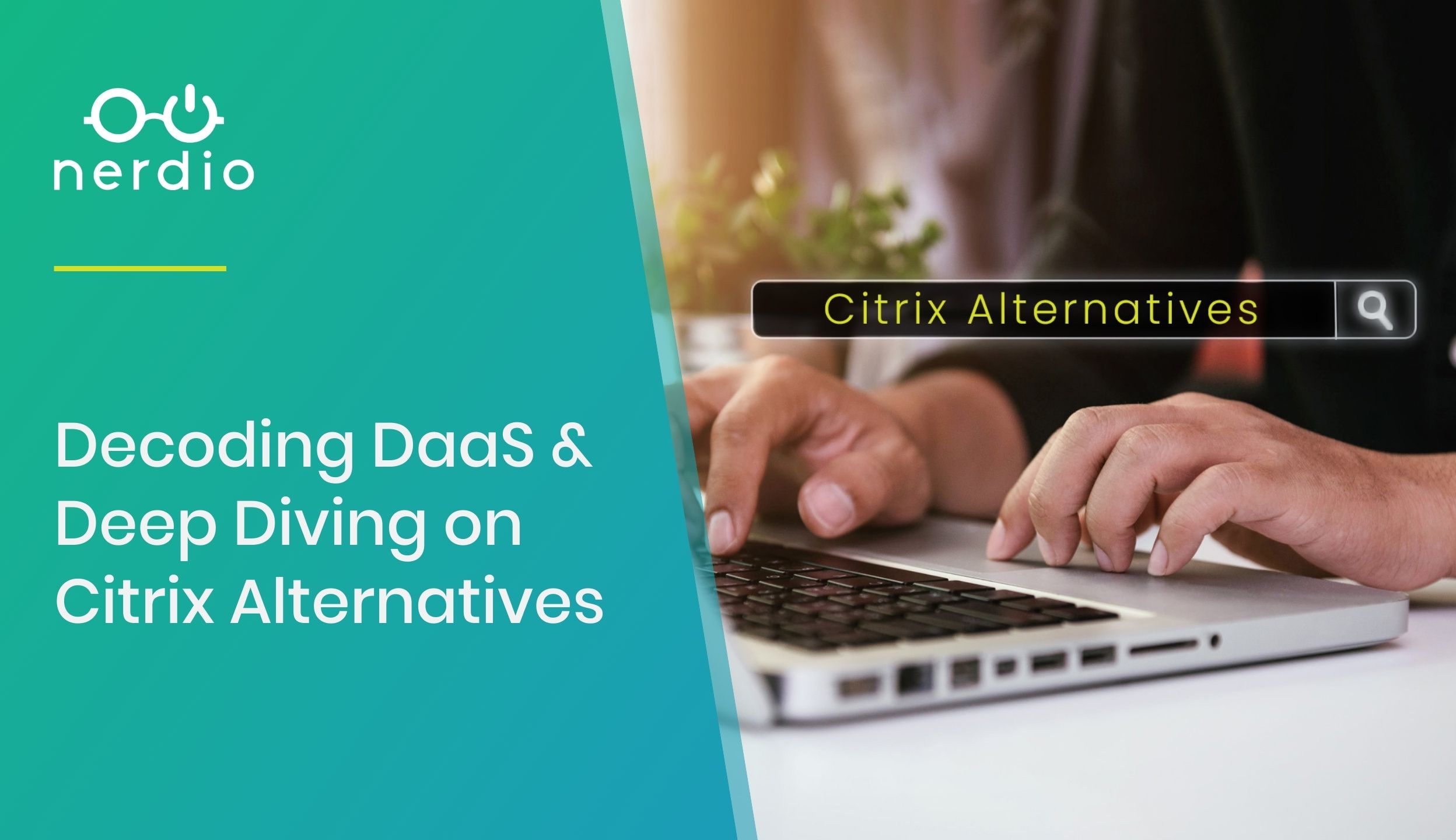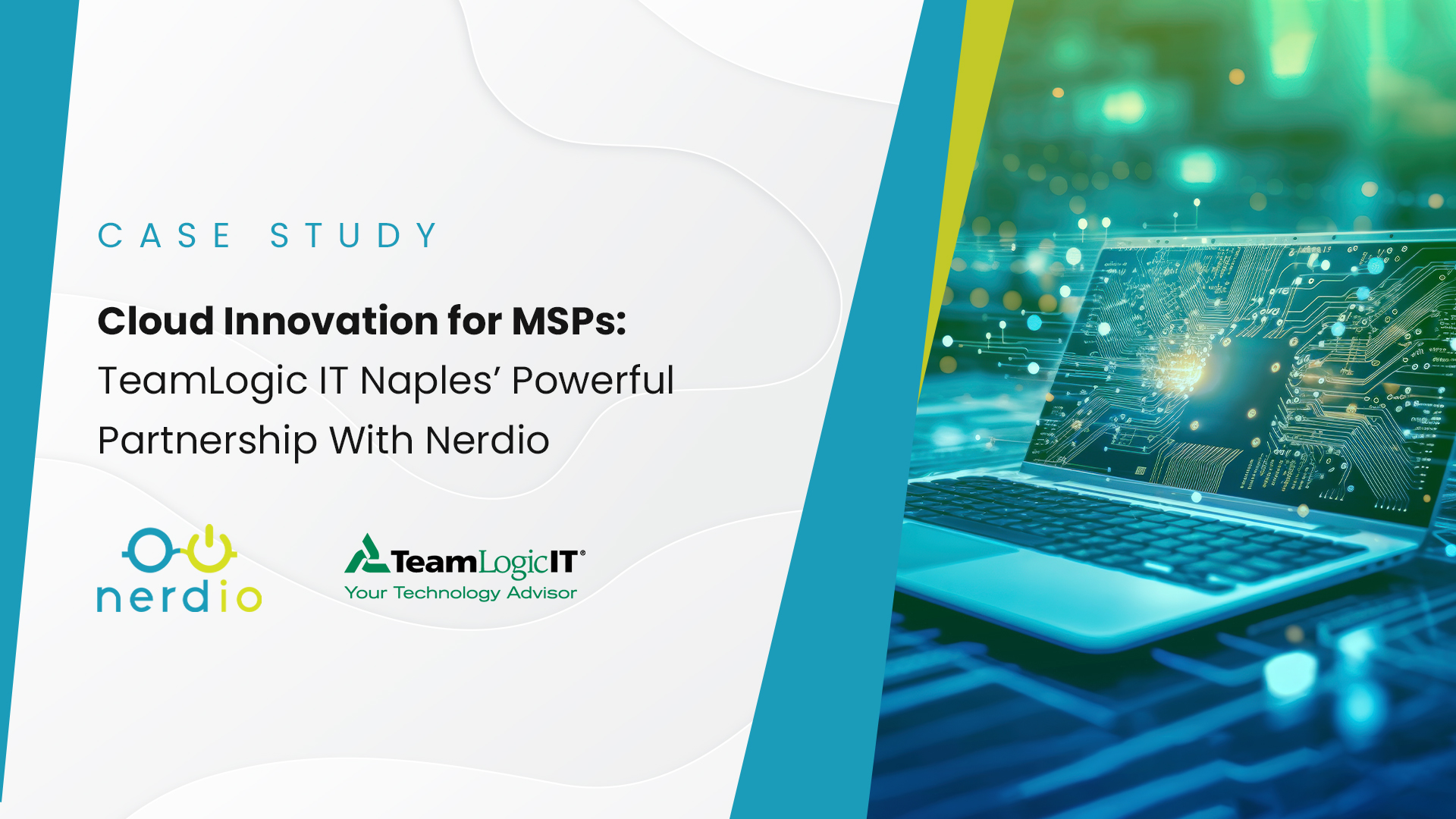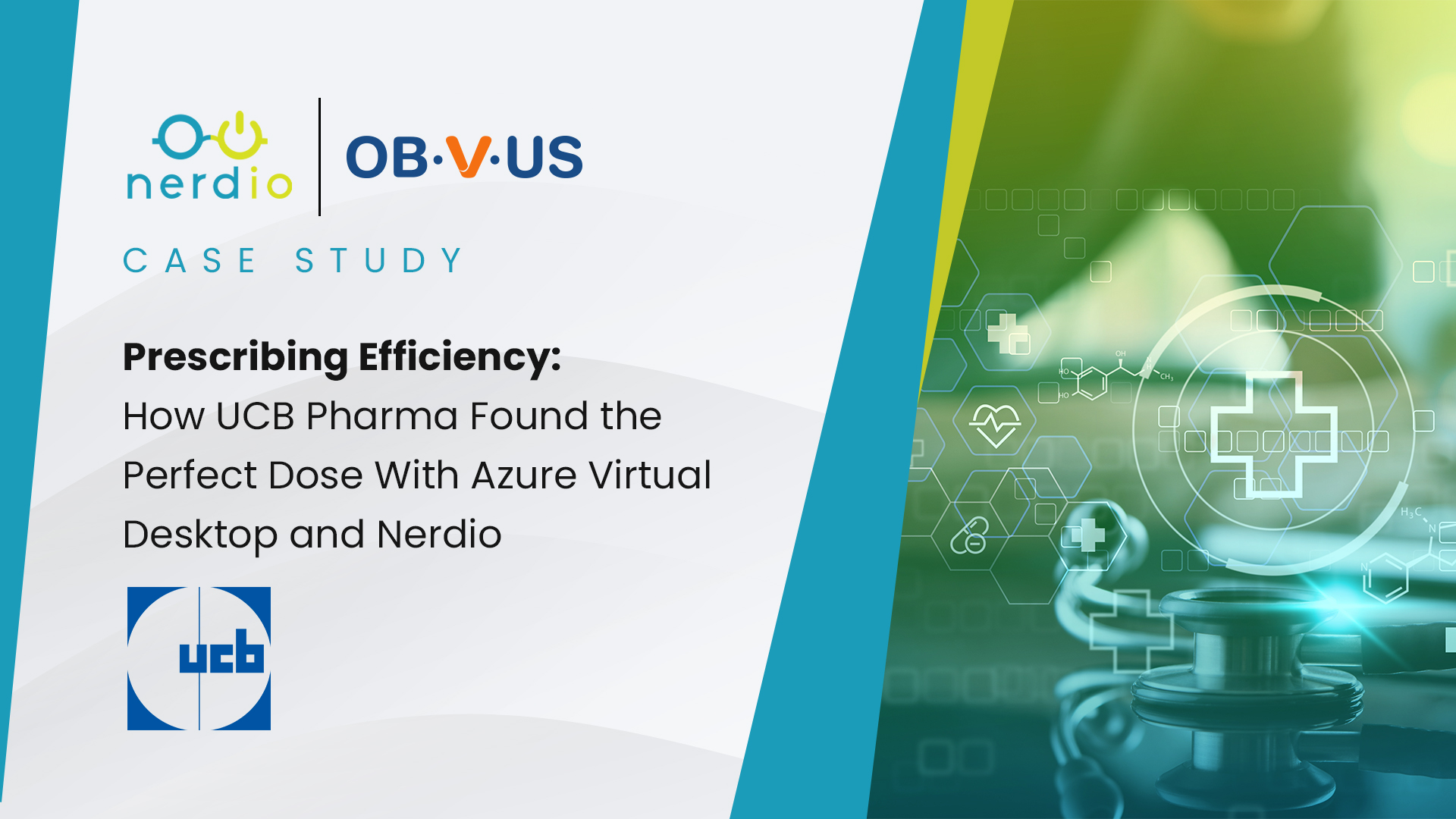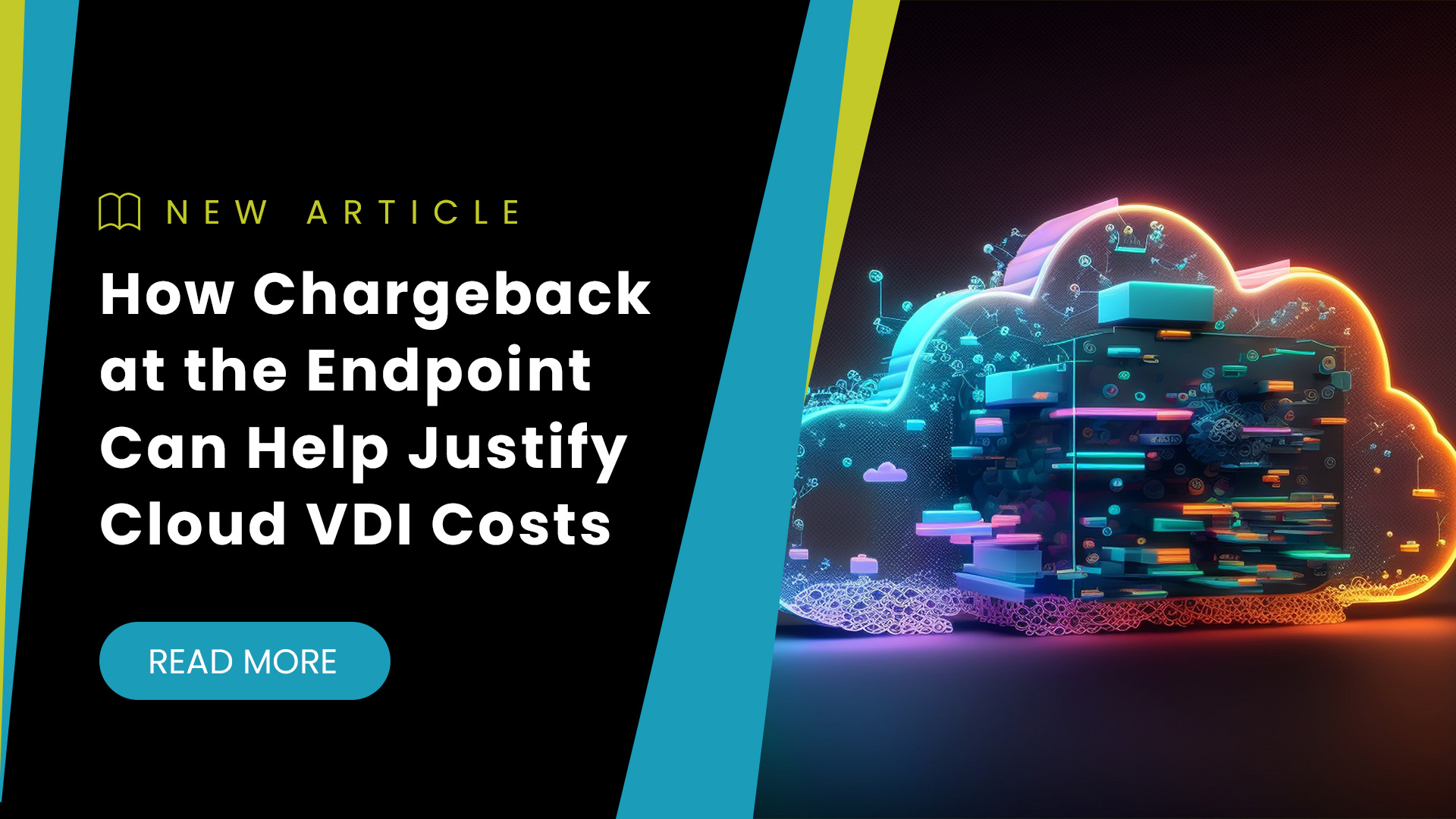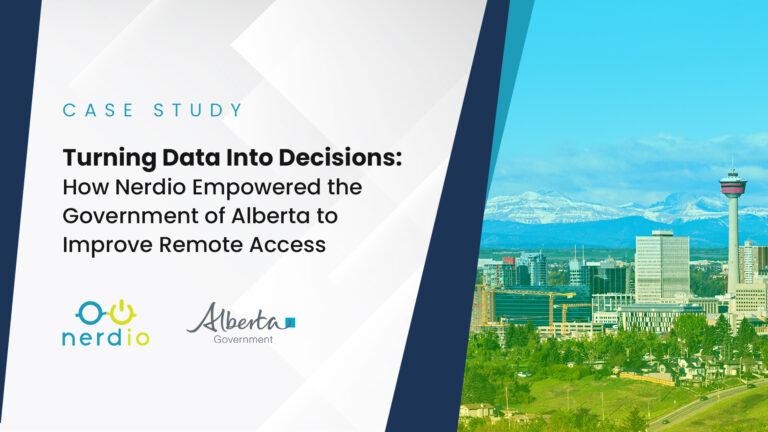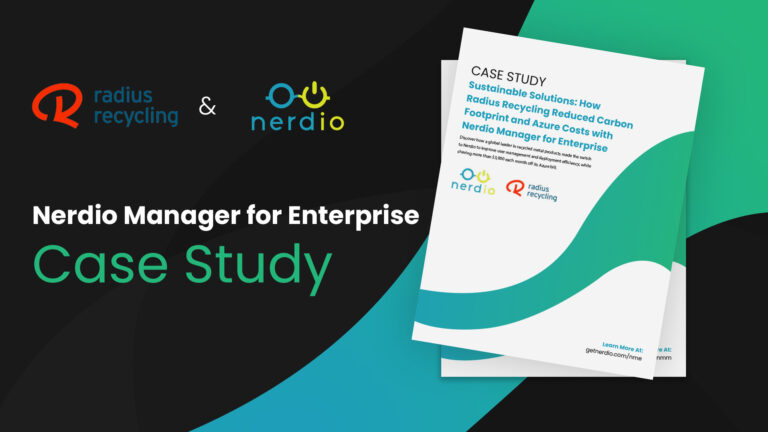For a long time, cost concerns have plagued traditional VDI platforms. Legacy vendors sell licenses typically in 3-year agreements, leading to upfront sunk costs for companies. Even after the original project funds are exhausted, ongoing costs associated with managing and increasing platform infrastructure persist.
The issue often stems from a lack of consideration or understanding of who should pay for cloud computing improvements and the cost per user. If not properly established, IT is usually solely responsible for the bill, which can quickly become substantial.
Cloud VDI via Azure Virtual Desktop
Thankfully the public cloud has a much more cost-effective proposition to have a cloud VDI solution as a tool in your arsenal through Microsoft’s Azure Virtual Desktop (AVD). Most organizations already have the entitlement to AVD through their Microsoft 365 licensing and with the flexible, pay-as-you-go nature of the public cloud, you no longer need a big upfront investment in a virtual desktop platform.
You also no longer need to overprovision to cater for peaks or “build the church for Christmas Eve.” You scale up as you need and scale down as you don’t, allowing organizations to see actual PAYG (pay-as-you-go) pricing for the virtual desktop solution they are using.
Why Do Virtual Desktop Costs Change Over Time?
A few issues plague Cloud VDI platforms, causing costs to increase over time. For example, upgrades are inevitable as operating systems and applications become more demanding with each new update. Additionally, end-user demands increase as technology evolves.
Think about how many browser tabs you use to leave open even three years ago… How many do you leave open now? Are you working in a traditional office now, or are you WFH? Work practices change and thus we need to be able to evolve our system to compensate. Finally, your end-users move, and personas change. A user could start out on a platform, and then move roles, and their demand for resources increases. Does anyone tell IT about this change? How do you budget for this?
Allocating End User Costs across Your Workforce and Departments
For example, let’s consider a cloud VDI project carried out in 2020 for a thousand users. This project was tied to the company’s digital transformation initiative, so securing the budget was not an issue. Despite the pandemic, the company has been able to grow and double its headcount in the past two years. This growth has been observed in all departments, including HR, marketing, engineering, sales, marketing, and more. As a result, IT had to purchase additional licenses, upgrade infrastructure, and storage to support these new employees. For instance, IT had to accommodate 500 new salespeople and 100 new marketers. However, the Sales department isn’t contributing any funds toward the IT department’s budget that now must accommodate all the new users. If the IT budget has remained unchanged, why should they adjust their priorities to pay for the resources they provide to each department?
These types of issues have always led to Cloud VDI platforms typically being considered an expensive way to deliver digital workspaces. They’ve led to many an IT leader questioning “Why am I paying so much for this?” and “Do the benefits of Cloud VDI really outweigh the costs?”
To date, there hasn’t been an easy answer to these questions. As with the power and flexibility (of the public cloud) comes the mystery. As a result, questions and considerations like “How do I manage multi-session users, as one user might use the platform more than another user” can often cause an IT team to burn many cycles attempting to come up with a model that works, if they even have the data to base it on, to begin with!
We see enterprise IT teams struggle with this all the time. Introducing Nerdio’s Per-User Cost Attribution, a Premium feature in Nerdio Manager for Enterprise.
Introducing Nerdio
The feature provides customers and partners with valuable insights into the true cost of their AVD solution, with costs directly being retrieved through Azure Cost Management. The features provide visibility into your total AVD costs, a snapshot of your average monthly active user cost, all the way through a granular per-user cost, showing which elements of the platform (compute, storage, network, etc) and the associate cost that makes up the true per user cost.
Lucky for our customer base, we have done the hard work for you! We released User Cost Attribution as a Premium feature in Nerdio Manager for Enterprise in v4.3
Out-of-the-box, the solution uses a standard set of reporting tags that are all managed by Nerdio, with the flexibility to specify additional tags for resources such as other shared resources that should be attributed to the total cost of the solution.
Shared Costs w/ Nerdio
On the topic of shared costs, Nerdio gives you the flexibility on how you attribute shared platform costs, including:
- Uniform. Allocates an equal amount of shared costs to each active user.
- Proportional. Allocates shared costs based on the relative duration of each user’s AVD usage over the course of a month.
- Unallocated. Does not allocate shared costs to individual users and only shows users’ costs that result directly from AVD sessions. Assuming IT has budgeted for this share platform cost.
As we rolled out the feature, received feedback, and continue refining it, we are still discovering many additional benefits beyond cost attribution. It provides visibility around optimization, as example, in a perfectly efficient personal desktop environment, the duration of a user’s session should closely match the number of minutes the desktop is powered on. If this ratio is low, there may be additional efficiency that can be gained by optimizing or tuning the environment.
Want to know more about User Cost Attribution? don’t hesitate to reach out!



